Oh boy, I know what your thinking. I ain't getting into the debate about whether the US had armed UH-1D/H's in Vietnam. However, while perusing the mechanics manual from 1965 for the UH-1D I found an interesting section on armamant. Here are the key pages. Note that the UH-1D is mentioned by name and the figures are of a D model not a B or C. It seems clear that the US Army had every intention of arming UH-1D's.

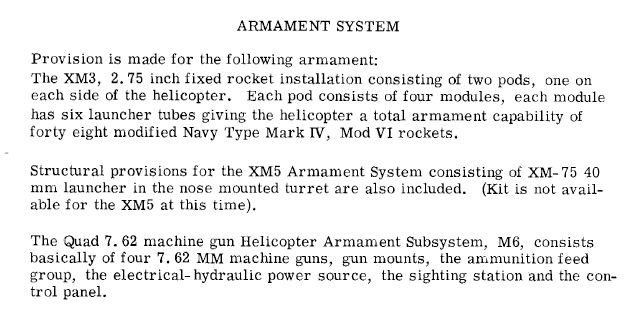 [img]http://
[img]http:// [img]http://
[img]http:// [img]http://
[img]http://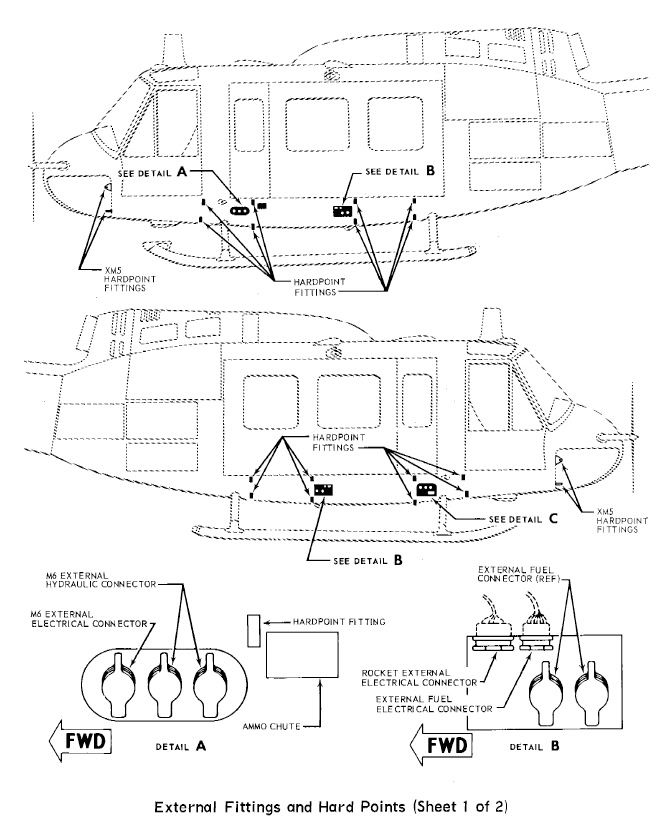 [img]http://
[img]http://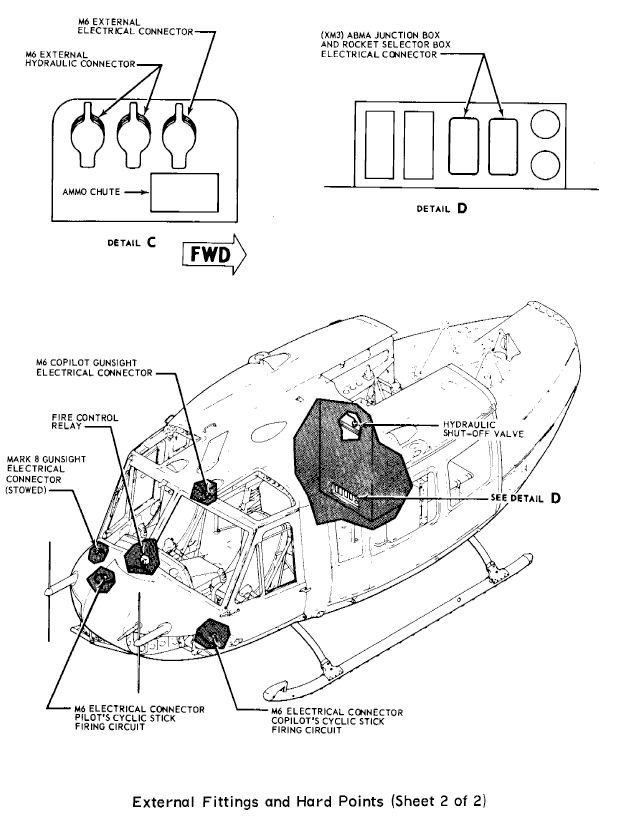 [img]http://
[img]http://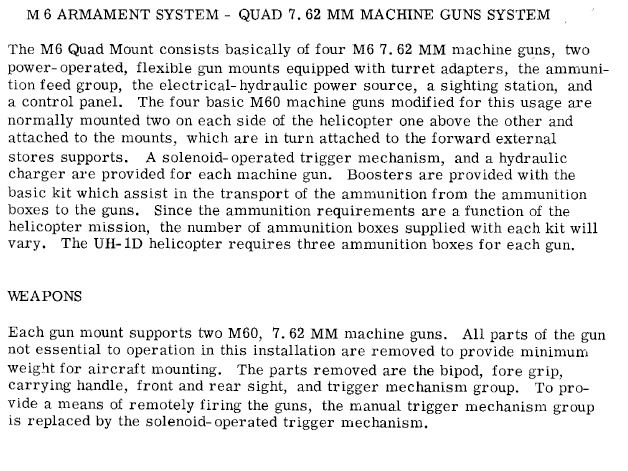 [img]http://
[img]http:// [img]http://
[img]http://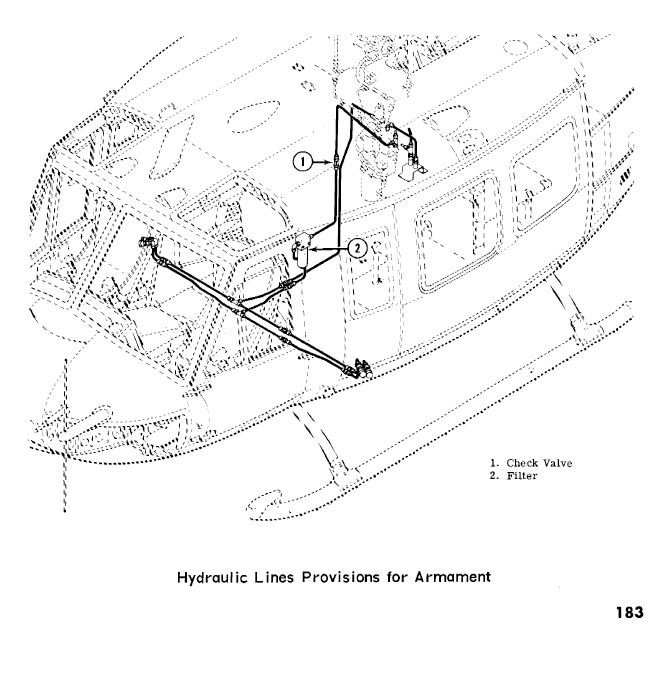 [img]http://
[img]http://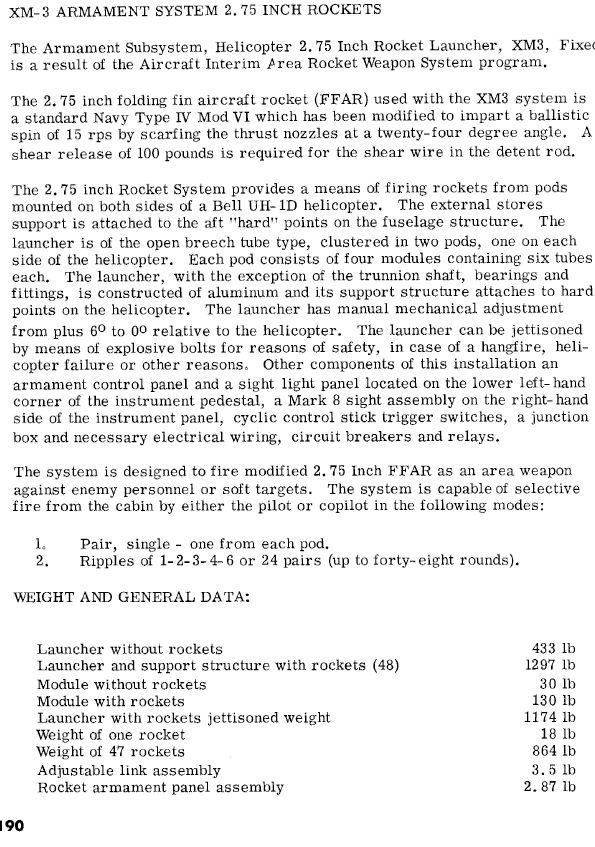 [img]http://
[img]http://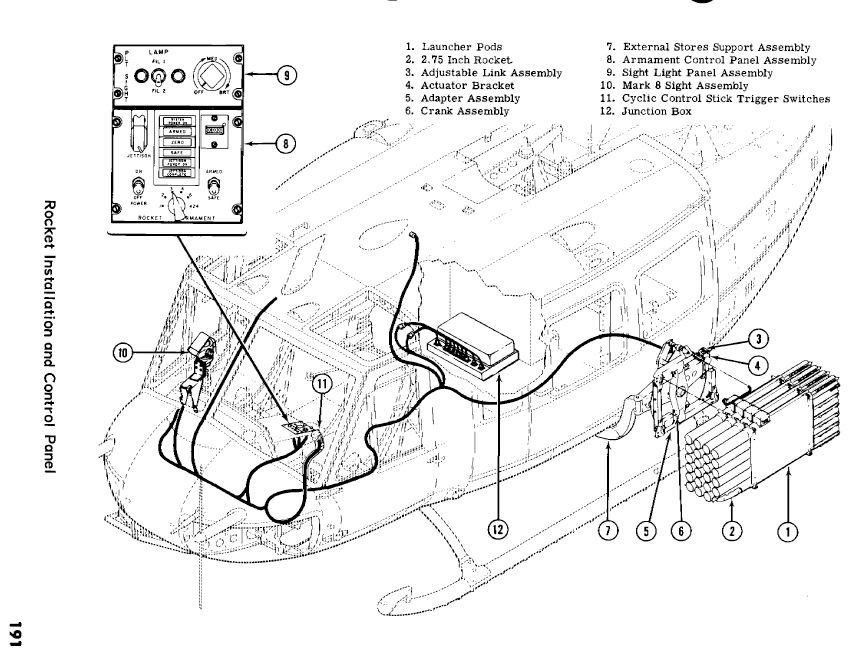 [
[
I thought these measurements for the M-3 rocket packs might be of some use to someone aswell:
[img]http://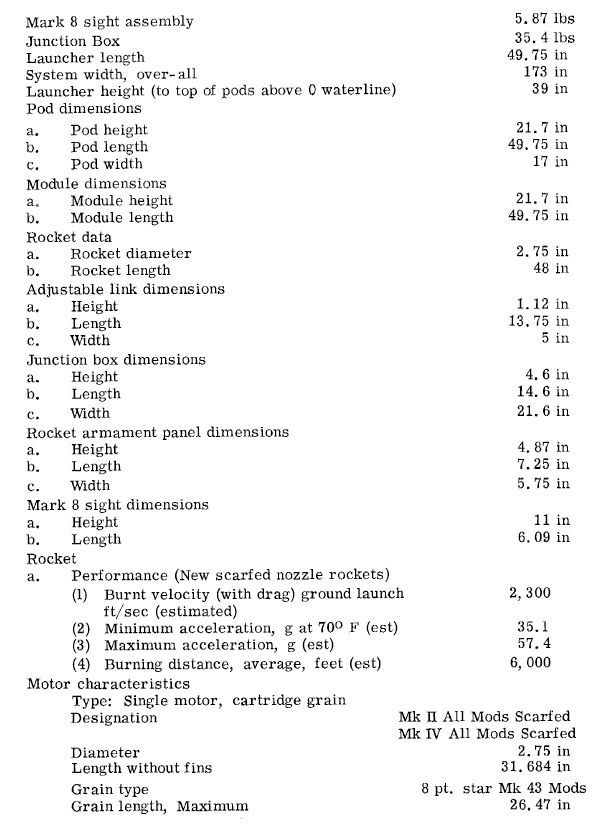 Finally, believe it or not, the UH-1D was originally slated to mount the M5 (XM-5 at this time) 40mm grenade launcher:
Finally, believe it or not, the UH-1D was originally slated to mount the M5 (XM-5 at this time) 40mm grenade launcher:
[img]http://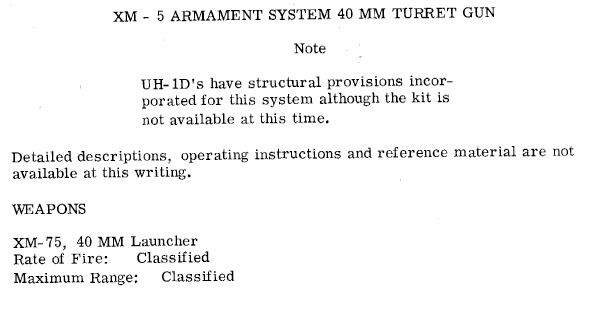 [
[
OK, so maybe you have looked through all those pics and maybe not. The real question is, did the modifications ever appear on actual production aircraft. Let's take a look. First, note the serial number and the fact that the next series of pics are of a UH-1H aircraft:
[img]http://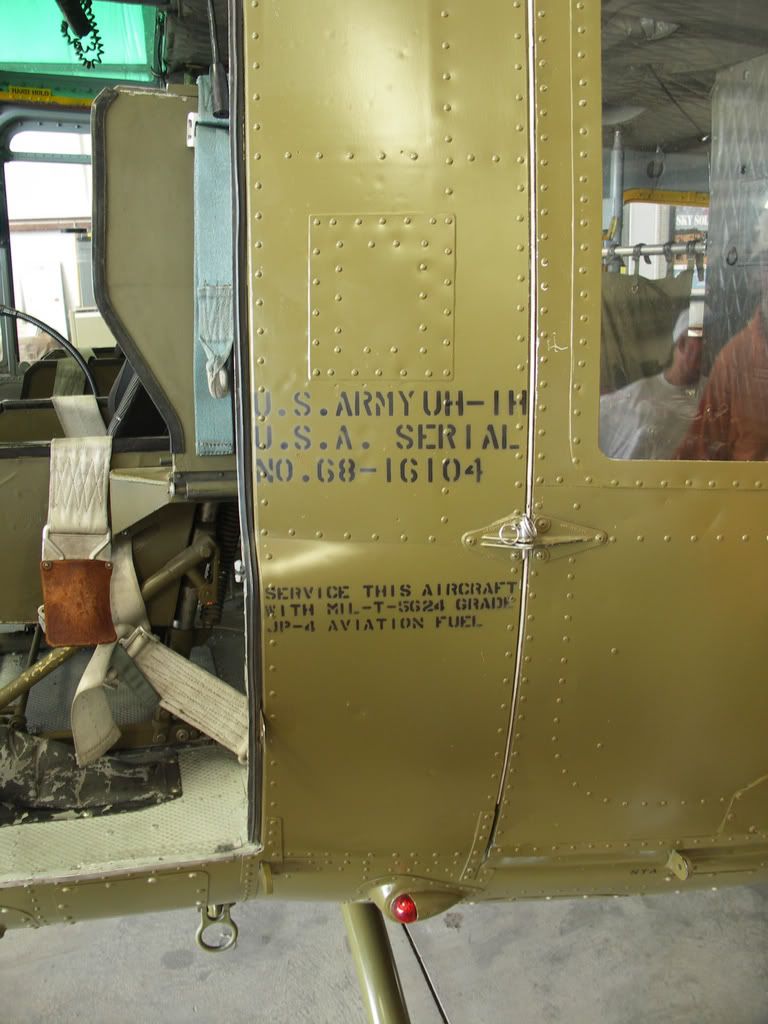 [
[
First, are there two sets of hardpoints? One set is definitely used for the mounting of the M23 machinegun mounts the other set should be near the forward cabin door. First the hard points for the M23 mount:
[img]http:// [
[
Now, how about the forward set:
[img]http://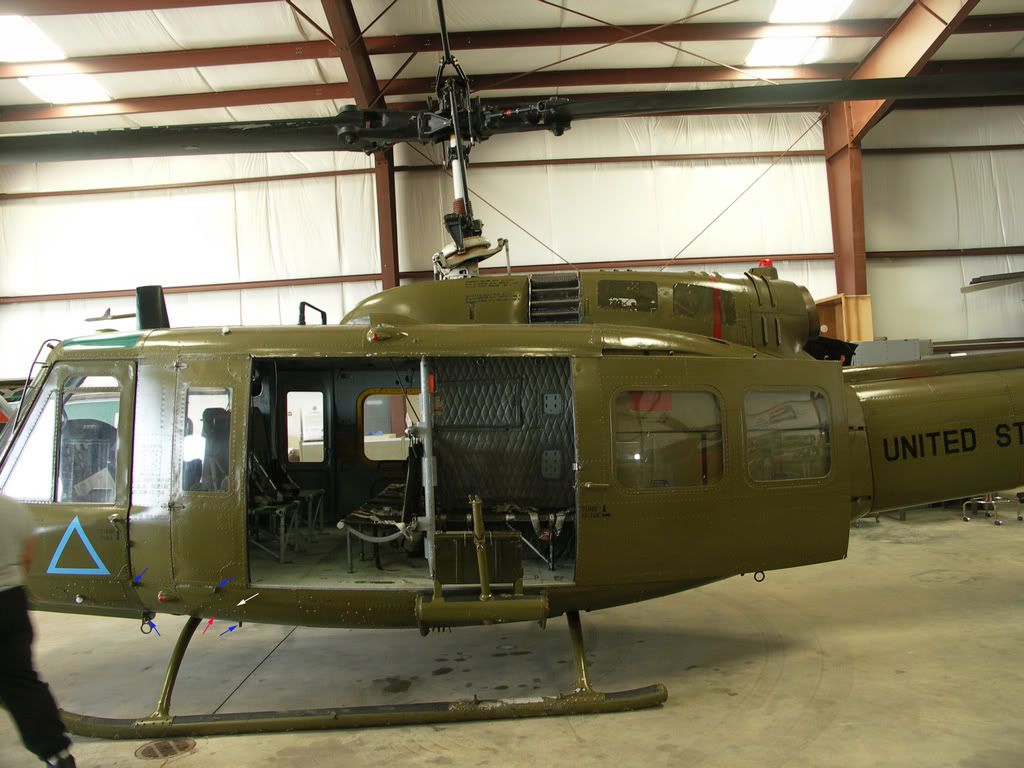 [
[
Here's a closeup:
[img]http://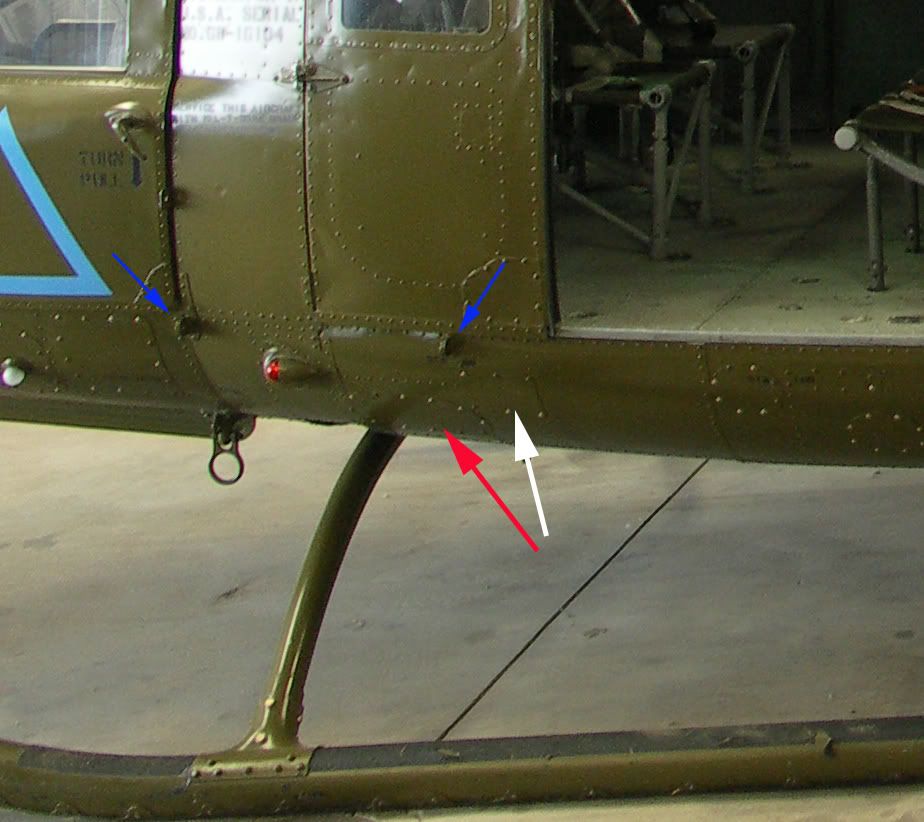 " border="0" />
" border="0" />
Blue arrows denote the four forward hardpoints which can still be found even on this UH-1H. The white arrow is pointing to the access panel for the machine gun flex chutes to exit and the red arrow is pointing to the access panel for the electrical and hydraulic connections for the guns. Just to make sure I'm not imagining panels, let's peek inside and see if the panel is in the floor for the flex chutes:
[img]http:// Yep, there it is on the floor!
Yep, there it is on the floor!
I couldn't get to the ones under the M23 mount, but presumably the access panels are there for wiring the rockets. to really seal the deal here let's see if those M5 hardpoints are anywhere to be seen:
[img]http://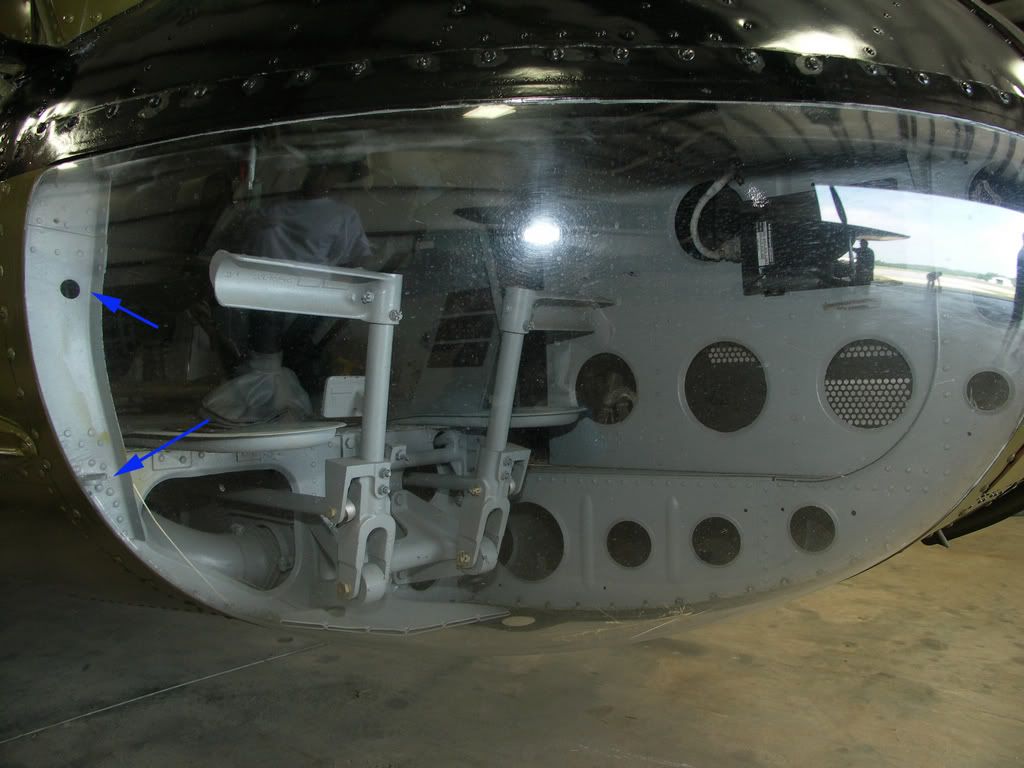 [
[
The lower hardpoint is still in place, but the upper one was either removed or never installed, but the hole where it originally resided is clearly visible. Compare each of the above points with this figure I posted below and I think you'll find they match perfectly:
[img]http://
Finally, let's consider a couple of groups we know DID use UH-1D/H Gunships:
VNAF:
[img]http://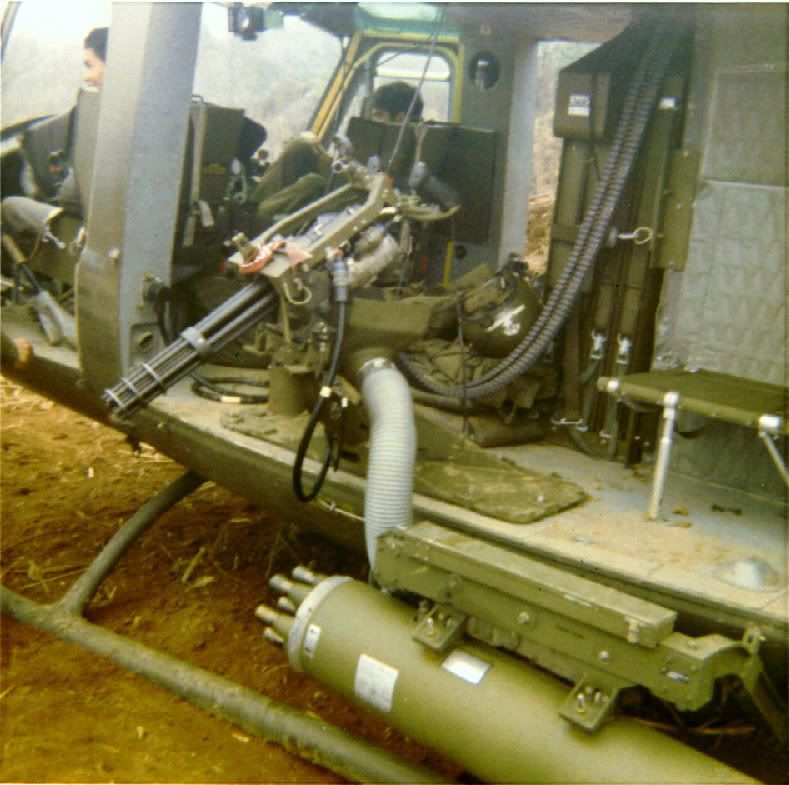
RAAF, Squadron 9:
[img]http://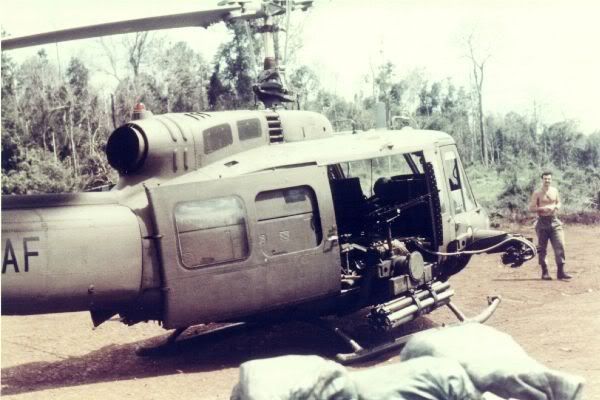
In both cases rockets are in the back and (in the case of the RAAF) guns are in the front. Now you know THE REST OF THE STORY!
Ray